Teaware
Teaware is essential and sophisticated. It’s not an exaggeration that teaware makes up half of Chinese tea culture.
SIP ALONG with
Ming Qian Dafo Long Jing
Price range: $32.00 through $118.00
Dry Leaf: creamy, nutty, hints of vanilla
Liquor Colour: Pale yellow-green
Liquor Aroma: Gentle meadow flowers and grasses
Mouth Feel: Thick and full-bodied
Flavour: Lingering nutty sweetness, soft floral, solid umami
-
Description
This Da Fo Long Jing delivers a fantastic sip of tea, replete with freshness and long lingering nutty sweetness that transforms into a sugar snap pea sweetness in later infusions and eventually gently subsides (around infusion 4-6), leaving space for a thick umami richness (loads of amino acids here)! The mouthfeel is thick and brothy throughout the whole experience and intermingles with the flavors, rendering a silky smooth sip. The return sweet is truly astonishing. This Da Fo Long Jing is well made from great material, so be sure to take time to enjoy the aroma of the dry leaf, the liquor, the bottom cup and the gaiwan lid. There are unique qualities to each that give the experience a richness you’ll love indulging in.
-
Additional information
Harvest March 27, 2020.
Origin Xinchang, Zhejiang Province.
Brewing 3g/150ml at 90°C for 1 min. 4 – 6 infusions.
Storage Sealed well. Keep refrigerated.
-
Reviews (0)
You may also like…
-
Guzhu Zi Sun – Ming Qian
Price range: $31.00 through $120.00 -
Ying Hong N°9
Price range: $12.00 through $40.00 -
Da Ye Qing
Price range: $8.00 through $29.00 -
Ming Qian Not Long Jing
Price range: $8.00 through $29.00
Choosing proper teawares
Different types of tea have different requirements for teaware. Some special tea types need specific teaware to bring out their unique flavors and tastes. For example, the gaiwan suits scented green tea whereas green tea needs a glass tumbler and oolong tea is better with a gongfu tea set. This is because teaware not only demonstrates the color and luster of the tea liquor but also affects the taste and aroma of tea.
From storage and portioning tea to brewing, serving and sipping, there is teaware for every aspect of the tea experience. For example, a full set of gongfu teaware includes over 10 different tools, including a tea storage container, teapot, tea boat (tea table), serving pot, teacup, smelling cup, coaster, teaspoon, tea leaf holder, tea needle (tea knife), filter, tea towel, a water basin, etc, all of which are petite and delicate.
When choosing the teaware, the most important thing is to choose what you like. There’s no need to pursue a high price tag. For those who drink tea daily, the prestige of the teaware in other people’s eyes doesn’t matter. Nothing beats your own comfort with the teaware. But if you are looking to collect, that’s another cup of tea.
-
Aged Tian Jian
Price range: $14.00 through $52.00
Knowledge about Tea – Tea types and proper teaware
Green tea: clear glass, white porcelain, green porcelain, blue and white porcelain
Scented and blended: green porcelain, blue and white porcelain
Yellow tea: soft white, yellow, or light orange porcelain
Black tea: purple clay, white porcelain, red porcelain, warm-toned porcelain or even coffee ware
White tea: white porcelain.
Oolong tea: purple clay, white porcelain.
Essentials teaware for beginners
Tea storage container
When a tea drinker starts to realize the importance of tea storage containers they are truly beginning to understand tea culture.
Function
Store tea
-
Old Tree Shu Pu’er 2017
$25.00 -
Shui Xian – Premium
Price range: $22.00 through $79.00
Types
Popular material like porcelain, metal, paper, plastic, enameled metal, tin, and pottery.
Selecting
The primary consideration is the seal, then a material without odor which keeps out humidity and light. Tea loses its aroma easily, and absorbs moisture and smells from the air making it easy to spoil or change flavor,
Tin is great at keeping out odors and humidity, not to mention it’s also very opaque. The porous structure of pottery makes it temperature and humidity stable. Porcelain storage containers come in many stylish and elegant shapes and usually seal well. Metal containers seal well but don’t have good insulation. Paper containers maintains some air exchange while still offering a certain degree of protection from humidity and odors. There are also stainless steel tea storage containers, which are practical and inexpensive.
Use
- Choose the material for a tea container based on the type of tea that will be stored in it. Teas with more aromas such as Tie Guan Yin or jasmine green tea are better stored in tin or porcelain containers because they don’t absorb the aroma. But Pu’er requires air during aging in order to improve the taste and aroma, so it’s better to use paper or pottery.
- When buying various teas, it’s better to store them in different tea storage containers, marked with the teas name and date of purchase.
- A cool, shaded area is the best for tea storage. Don’t put tea storage containers in the kitchen, in damp areas, in the sun, or with clothes. Places close to heat sources and odors must also be avoided.
- For new containers or containers that a residual odor, seal a small amount of tea inside for a few days. Throw out the tea afterward and the container’s ready for use.
-
Dian Hong
Price range: $7.00 through $21.00 -
Guan Yin Hong
Price range: $10.00 through $36.00
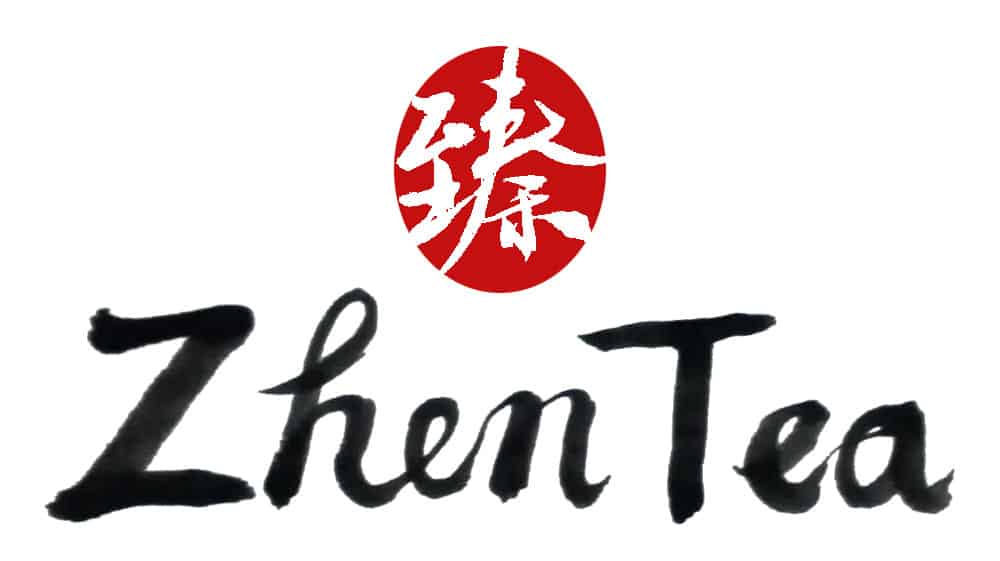
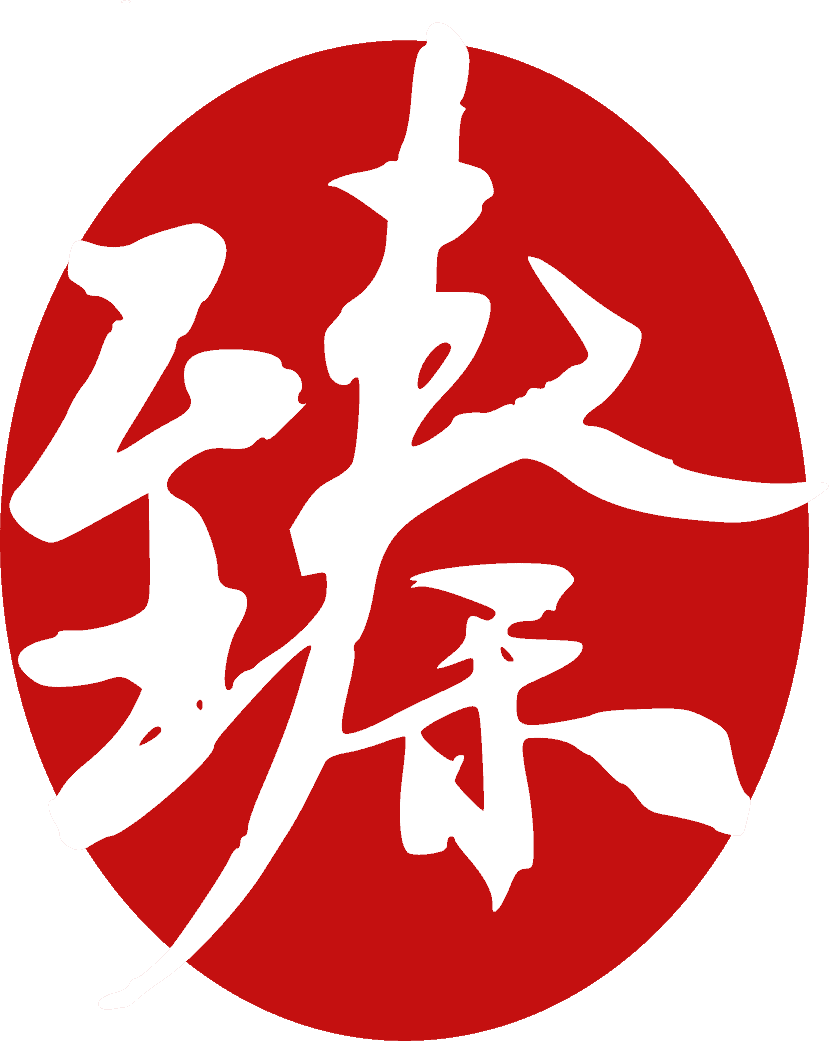




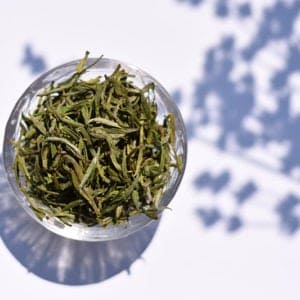
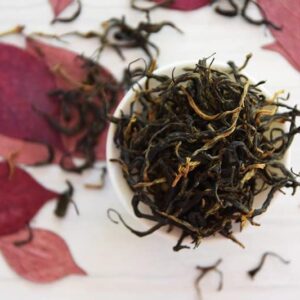

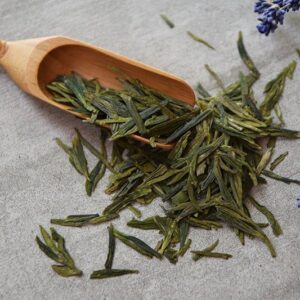

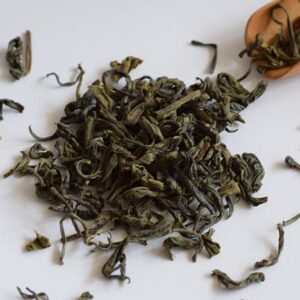
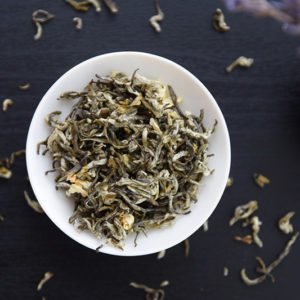

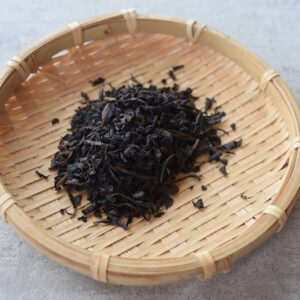
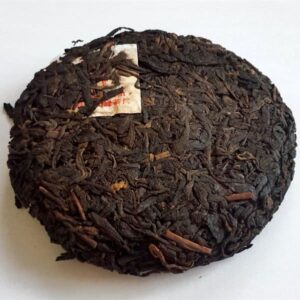
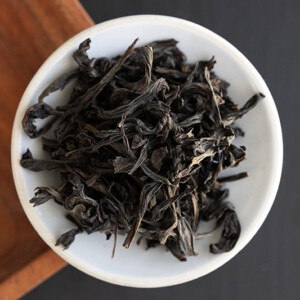
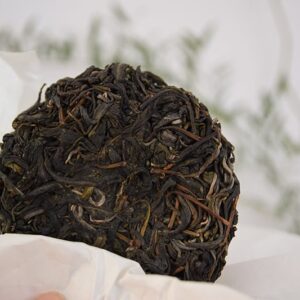

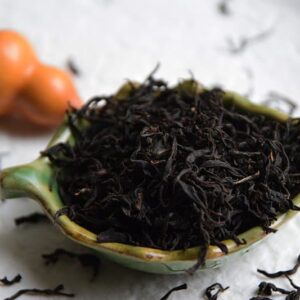
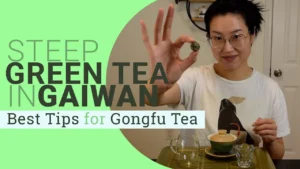
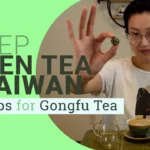
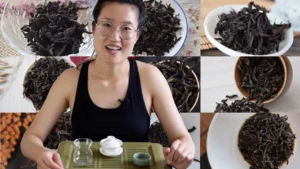
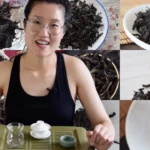
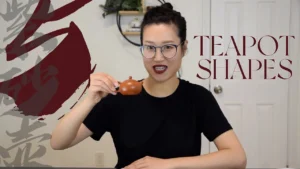
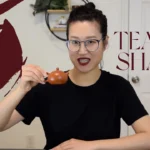
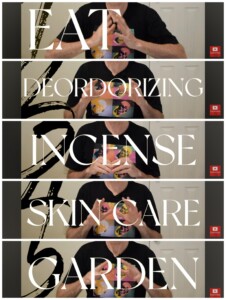
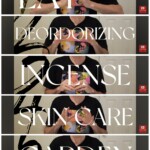
Reviews
There are no reviews yet.